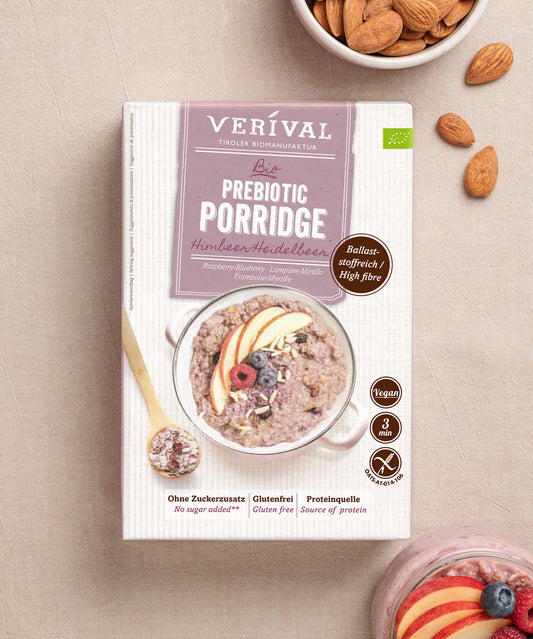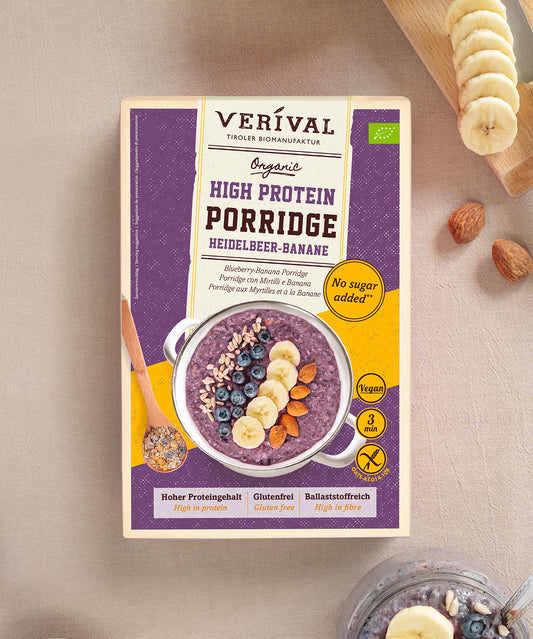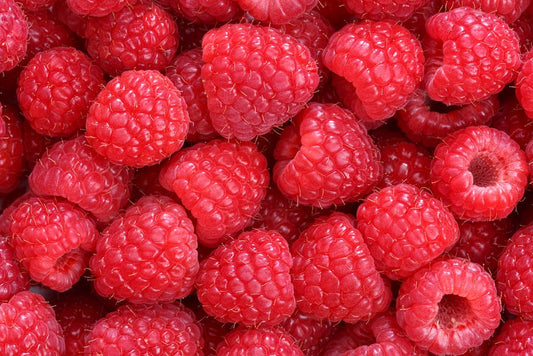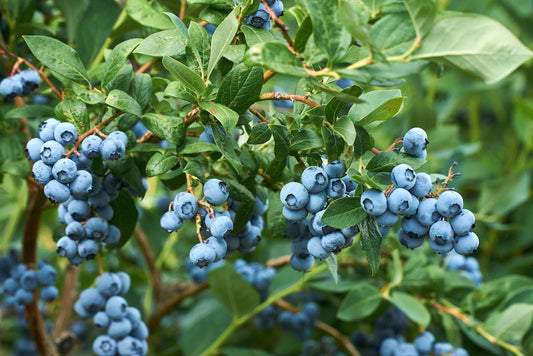Delicious oat porridge is a real power breakfast. Anyone who has tried porridge will certainly appreciate its full-bodied flavor and the feeling of satiety that lasts for a long time.
When prepared properly, porridge has a creamy consistency, delicate sweetness and is wonderfully filling. Porridge is also healthy. The main ingredient, oat flakes, lower cholesterol and blood sugar levels and also contain only small amounts of gluten.
What is actually in porridge?
The original porridge consists of oat flakes or oat meal, water and a pinch of salt. Oat flour is sometimes used as an alternative to flakes or meal. The ingredients are boiled in water or milk and then simmer for 3-5 minutes.
The porridge is stirred from time to time to prevent it from burning. To refine the basic porridge recipe, milk or yogurt can be added.
In line with the trend towards healthy eating, ingredients such as berries, nuts, spices (cinnamon), apples, pears and vegetables such as carrots or artichokes add the finishing touches to the porridge. The calories in your porridge will also vary depending on the toppings and ingredients.
Where does porridge come from?
The Romans introduced porridge to the far north over 2,000 years ago. That's how porridge came to the Highlands. Scotland is considered the country with the greatest love for porridge. In addition to oats, barley is also processed into porridge or soup there.
Apparently, the Scots still love their porridge to this day. For the past 30 years, a world porridge-eating championship has been held in Carrbridge, a small town in the Highlands.
The coveted trophy is called the “Golden Spurtle” and is a wooden kitchen utensil for stirring the delicious porridge. In keeping with the traditions of their ancestors, the competitors in this world championship use oat groats instead of oat flakes or oat flour.
In Scotland and England, the term oatmeal refers to both oat flour and porridge. Due to its delicate color, oatmeal is also known as a light beige color.
In the past, the high degree of satiation in particular made porridge the morning meal of the common people. If the household budget was very tight, warm porridge was also eaten at noon or as an evening meal.
Since oats were also used as animal feed, they have always been affordable. The low-priced morning porridge has established itself as the original porridge breakfast and has also become an integral part of the multi-course English breakfast.
When is porridge eaten?
Traditionally, porridge is a breakfast dish. However, it also graces every brunch table. There is no reason why you shouldn't enjoy it at lunchtime or in the evening. Those who love their oat soup can eat it anytime, not just for breakfast.
Depending on your preference, the porridge tastes with a little more water or milk as a savory oat soup, as well as a warm oatmeal with fruits, nuts and honey.
Many savory varieties are increasingly conquering domestic kitchens and restaurant kitchens. Instead of sweet ingredients, for example, salami and herbs are now added to the porridge.
Those who like to save time in the kitchen particularly appreciate the filling porridge. Quickly prepared, it steams on the plate in no time. Porridge is also suitable for preparation in the microwave. The oats can be soaked in the liquid the day before and are ready for breakfast in 3-5 minutes the following morning.
If it is too firm, adding a little liquid will make it smooth again. A dash of cold milk or water is enough. Porridge can also be prepared in advance and frozen in portions.
What nutrients does porridge contain?
The original preparation only involves the three ingredients oats, water and salt. The nutritional power is therefore in the oats themselves. 100 grams of oats contain around 360 calories (360 kcal).
In detail, these contain:
- 100 g oats
- 60 g carbohydrates
- 13 g protein
- 15 g fiber
Oats also contain traces of magnesium and iron, as well as various B vitamins and vitamin K. Oats stimulate the formation of serotonin in the body and are considered a gentle mood enhancer.
Despite its energy density, oats are suitable for a diet. Oat flakes keep you full for a long time. Especially if you prepare your porridge with water, it has few calories. If you don't go overboard with the toppings, you can also save calories here.
The porridge diet requires 250 g of oats per day, spread over three meals, with fruit and vegetables. Based on 875 kcal in the oats, 425 kcal are estimated for fresh fruit and vegetables.
In view of the values of 100 g of apple (45 kcal), banana (23 kcal), carrot (26 kcal) or bell pepper (20 kcal), the daily maximum of 1,300 kcal can be met in a variety of ways.
As a daily drinking amount, at least two liters of water or unsweetened tea are consumed with this diet.
Which oats are used for porridge?
Oats are not a classic grain. They are classified as a type of sweet grass. There are 30 types of oats in nature. For porridge, we use seed oats, which are known as true oats.
There are differences in the degree of milling. Oat groats are coarse because they are not processed with a grain crusher. In turn, rolled oats are usually rolled and heat-treated. Oat flakes are pressed oat flour.
Thus, the range of oat products extends from the original coarse meal to flakes and semolina to the finest oat flour. Healthy and tasty is the green oat tea, which is harvested and dried during the oat blossom.
Another product made from the versatile sweet grass is oat-based whisky, which is produced in Tyrol and Scotland. But it's probably not for breakfast.
Verival Porridge – healthy & delicious!
Frequently asked questions
Why is porridge so good?
Because it tastes so good, of course. What makes porridge so good is the variety. There are as many ingredients and combinations as there are ways to enjoy your porridge. So you can have porridge not only for breakfast, but for every meal. Just discover the porridge variety from Verival, with lots of healthy ingredients.
Why is porridge so healthy?
The basis of porridge is oats. Oats are one of the healthiest cereals. The oat flakes in porridge contain many important nutrients, vitamins and fibers, give you energy and keep you full for a long time.
How many calories does a serving of porridge have?
One serving of porridge has about 280 calories (280 Kcal). But this also depends on the porridge. Do you use water, milk or milk alternatives? What toppings and ingredients do you add, berries, fruits, yogurt, cinnamon, nuts, etc.?
What is the basic porridge recipe?
You can prepare the Scottish porridge quickly and easily. You only need three ingredients and you can add your favorite fruits and spices (cinnamon). Ingredients: 180 ml milk (or water), 3-4 tablespoons rolled oats, 1 pinch of salt.
























